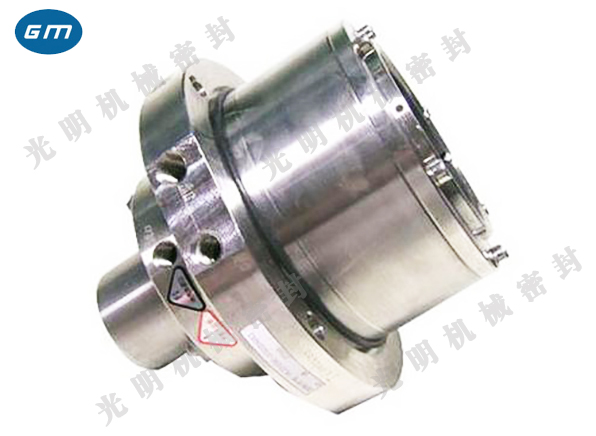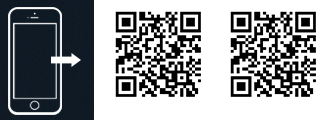How to replace the mechanical seal Mechanical seal manufacturer Tell you!
Mechanical seal transmits power and motion transmission by mechanical means. Mechanical transmission is widely used in mechanical engineering, including belt transmission, gear transmission, chain transmission, worm and worm gear transmission, gear rack transmission and spiral transmission. Gear transmission can be used in high-power occasions with accurate transmission ratio, but generally requires high manufacturing accuracy and installation accuracy. Another type is the friction transmission that transfers power and motion by friction between parts, including belt transmission, rope transmission and friction wheel transmission. Friction transmission is easy to realize stepless speed change, and can adapt to transmission occasions with large shaft spacing. Overload slipping can also play a role in buffering and protecting transmission devices. However, this kind of transmission cannot be used in high-power occasions, nor can accurate transmission ratio be guaranteed.
There are many transmission forms, but the replacement of mechanical seal is much the same. First, confirm that the motor is in maintenance state before disassembly, unscrew the filler plug, and use a suction pipe to suck out the lubricating oil in the seal seat cavity. Prepare the workbench and disassembly tools for placing pump parts. Do not place and use them randomly to avoid damaging pump parts.

Dismantle the split coupling: first unscrew the fixed socket head cap screw of the coupling, then gently pull off half of the coupling from the shaft, be careful not to drop it, and then unscrew the pump shaft fastening bolt and stop block with a box wrench to let the impeller slowly sink to the pump body, then remove the other half of the coupling and remove the pump shaft retaining ring.
Dismantle the mechanical seal: Grasp the seal spring and lift it up along the pump shaft to remove it.
Dismantle and clean the bearing pedestal: first loosen the bearing pedestal slightly, then jack up the bearing pedestal with the disassembly bolts, and remove it by lifting it up along the pump shaft, then clean the bearing and pedestal with jet fuel, dry them before installation and apply a little 20 # machine oil for lubrication and protection.
Dismantle the seal seat: unscrew the seal seat compression nut, gently remove the seal seat and clean it.
Mechanical seal assembly: apply a layer of clean No. 20 lubricating oil on the mirror surface of the moving and stationary rings, and apply lubricating oil on the guide bearing seat. First, gently position the stationary ring into the guide bearing seat, then apply lubricating oil on the pump shaft, gently install the moving ring into the pump shaft, and gently push the seal ring by hand to ensure that it can expand and contract freely. Note that the anti rotation parts of the moving and stationary rings need to be assembled in place.
Install the coupling: install the retaining ring on the motor shaft head, install half of the coupling, install the stop on the pump shaft end and the coupling groove, and tighten the bolts with a box wrench; Then install the other half of the coupling and screw in the socket head cap screws. The correct inspection requirements for installing the coupling: the upper and lower clearances of the split coupling should be even, and the coupling should be turned several times by hand to check the flexibility of rotation.
Install the seal seat: first install the seal seat into the rubber oil seal, then install the seal seat into the pump cover and press it on the bearing seat, tighten the nuts, and ensure that all mounting screws are tight. When the mounting screw is used as the drive between the seal and the shaft, the shaft shall be countersunk to strengthen the connection. When tightening the gland bolts, they shall be tightened steadily and the gland shall not be subject to elastic force. Use equidistant glands with more than 4 screws where possible. When tightening gland bolts, use a feeler gauge to check the gap between the shaft and the gland. This is especially important when the seal chamber is not guided to the gland, because the gland must be centered.











